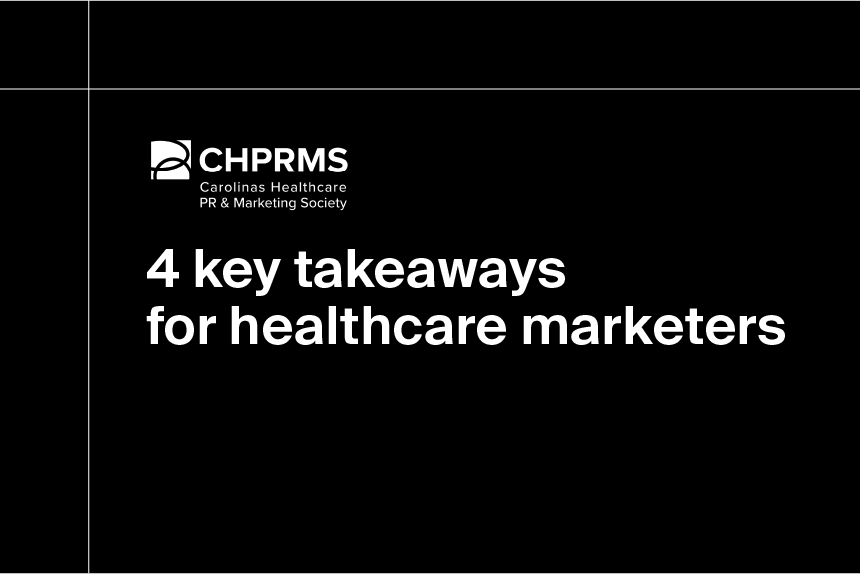A lot of doctors are feeling stressed. Around 7 in 10, in fact, say work-related stress is hindering their quality of life, according to the MDVIP/Ipsos Primary Care Physicians Survey published in January 2025.
At this point, physician burnout is nothing new. Since 2011, between a third and just over half of doctors surveyed by Mayo Clinic have reported experiencing at least one symptom of burnout. These include malaise, fatigue, frustration, cynicism, or inefficacy—all symptoms outlined by clinical psychologist Herbert Freudenberger in the 1974 paper that coined the term “staff burn-out”.
While reported rates of burnout fluctuate from year to year and survey to survey, a handful of causes are so frequently cited that they seem inherent to the modern medical system itself: Time constraints, lack of control over work conditions, chaotic work environments, and misaligned workplace culture are what the American Medical Association calls the “Big 4” contributors to physician burnout.
Using the results from recent physician surveys, we can take a closer look at the factors driving physician burnout—and shed some light on a potential solution to mitigate these factors.
There are too few hours (and too many patients) in the day
The average doctor’s visit in the U.S. gives patients 15 to 18 minutes of face-to-face time with their physician. Many visits last closer to seven minutes.
Patients and doctors tend to have similar feelings about the duration of these visits: They’re too short. Aside from impacting doctor-patient rapport, shorter primary care visits have been associated with potentially inappropriate prescribing behavior and unnecessary testing.
The MDVIP/Ipsos poll results reflect this: Fifty-seven percent of surveyed primary care physicians said they had written prescriptions or referred patients to a specialist due to time constraints.
Around 90% of the survey’s respondents said they wanted to spend more time with patients and to get to know them better. The same percentage said they wanted more time to catch up on medical developments in their fields.
More than three-quarters of physicians surveyed said that, if available, they would use extra time at work to provide one-on-one coaching, explore the root cause of patients’ health concerns, and/or focus on patients’ longevity.
But when the typical primary care physician is seeing 20-30 patients a day (and often more in high-demand regions), performing an average of 22 minutes of administrative work per day (a figure that rises exponentially with the number of appointment-days per week), and is still barely able to scrape 10 minutes together for lunch, where should they look for that extra time?
To complicate the situation further, patients’ expectations around communication are rising. While 73% of physicians told Harris Poll that patient portals were making communication easier, 74% of the same cohort said they’re feeling “increasingly overwhelmed by excessive patient communication demands.” In other words, doctors clearly believe in the value of new communication tools—but they’re also getting stressed out by patients’ 24/7 access to their inboxes.
A retirement wave could make matters worse (and soon)
Around 47% of physician practice owners are older than 55, indicating that the U.S. healthcare system is on the precipice of a retirement cliff that would only exacerbate the industry’s ongoing staffing shortage—and likely lead to a shakeup in the M&A landscape.
But it’s not just older doctors who are eyeing the exit. Just under half of the primary care physicians surveyed by MDVIP/Ipsos in 2024 said work-related burnout was driving thoughts of retirement. The athenahealth/Harris Poll Physician Sentiment Survey painted a slightly rosier picture, with only 36% of 2024 respondents and 28% of 2025 respondents saying they had thought about leaving the profession.
Unlike the MDVIP/Ipsos survey, which focused entirely on primary care providers, the athenahealth/Harris Poll study covered a 75/25 split of PCPs and specialists. This (along with the particular phrasing of the questions) could explain the discrepancy in results.
Regardless of the specific figure, any exodus of talent en masse would have cascading effects on providers’ ability to work effectively, patients’ quality of care, and the workloads and morale of individual clinicians who remain in the workforce. Nearly 9 in 10 PCPs told MDVIP/Ipsos that they were concerned about finding and retaining qualified staff.
How about a subtle silver lining? It seems that stressful work conditions and relatively high rates of burnout aren’t keeping all doctors from enjoying their work holistically. Over two-thirds of respondents in the 2025 Physician Sentiment Survey said they looked forward to doing their job at least once a week or more.
Even if every doctor below retirement age stays in the field, the math doesn’t add up in the industry’s favor: the loss of the most experienced members of the workforce, a narrowing talent pipeline, and patients’ growing demands for access and control over their care are impending realities that the healthcare system must address within the next decade.
Is artificial intelligence the solution?
I’ve painted a fairly negative picture so far, but it’s not all doom and gloom. Our blog has recently explored the potential of artificial intelligence (AI) to reshape the FDA review process, support specialty pharmacies, and lead to breakthroughs in oncology and the treatment of rare neurological disease.
It seems many physicians believe that AI could also help mitigate some of the factors contributing to burnout and help smaller teams accomplish more in less time.
About half of the respondents in the MDVIP/Ipsos survey said they were concerned about AI in regard to their practices, but a majority trusts the technology to support a variety of specific tasks, such as scribing and dictation (79%), scheduling (74%), diagnosis (58%), and prescribing (56%).
Over two-thirds of physicians in the athenahealth/Harris Poll survey said AI was increasingly part of their clinical documentation process over the last year, and nearly half said it was helping to improve the process and reduce administrative burden.
Likewise, our own 2023 survey of healthcare executives and leaders found similar perspectives, with improvements to routine processes and workflows and greater diagnosis accuracy among the most-cited benefits of AI on care delivery.
As more practices employ AI to support clinical processes and cover administrative tasks (like turning conversations into clinical notes and automating scheduling), doctors could finally start to regain control over their schedules. Aside from some much-needed downtime, that also means more time for the one-on-one, person-focused care that they find most rewarding—and that patients so badly want.
Diagnose practices’ pain points, then deliver the cure
Surveys and studies offer high-level perspectives on the healthcare landscape, but they don’t necessarily speak to the needs of individual practices or facilities.
To better understand the challenges faced by physicians in your market, you need data on provider-level technology usage, procedure and diagnosis volumes, affiliations, and more. Definitive Healthcare can deliver this data to your team through the workflows and systems they’re already used to, so you can instantly get a deep view of your market without the burden of time-consuming training cycles.
Start a free trial today, and get the insights you need to support providers in your market and across the country.




